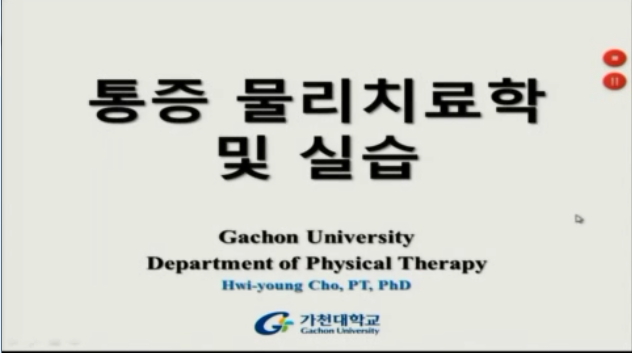This study was conducted to find out the relationship between lower limb alignment, pain and physical function of adult women and to see if muscle strength is involved in the coordination of these relationships. For 151 adult women, x-rays and muscle ...
http://chineseinput.net/에서 pinyin(병음)방식으로 중국어를 변환할 수 있습니다.
변환된 중국어를 복사하여 사용하시면 됩니다.
- 中文 을 입력하시려면 zhongwen을 입력하시고 space를누르시면됩니다.
- 北京 을 입력하시려면 beijing을 입력하시고 space를 누르시면 됩니다.
https://www.riss.kr/link?id=A106818286
- 저자
- 발행기관
- 학술지명
- 권호사항
-
발행연도
2020
-
작성언어
Korean
-
주제어
Alignment ; Pain ; Physical function ; WOMAC
-
등재정보
KCI등재
-
자료형태
학술저널
-
수록면
1133-1140(8쪽)
- 제공처
-
0
상세조회 -
0
다운로드
부가정보
다국어 초록 (Multilingual Abstract)
This study was conducted to find out the relationship between lower limb alignment, pain and physical function of adult women and to see if muscle strength is involved in the coordination of these relationships. For 151 adult women, x-rays and muscle functional tests and WOMACs were used to calculate the pain and physical function index. The results were derived by analyzing the structure equation model method. First, the lower limb alignment angle had a relationship between the muscle strength and negative(-) and the pain and physical function had a positive(+) relationship. Second, The muscle strength of had no adjustment effect to relieve pain in relation to the lower limb alignment angle and pain. Third, Knee muscular strength had no adjustment effect to improve function in relation to lower limb alignment and physical function. Consequently, the lower limb alignment angle was related to pain and physical function, but the muscle strength was not involved in the adjustment effect in the relationship with them.
목차 (Table of Contents)
- Abstract
- Ⅰ. 서론
- Ⅱ. 연구방법
- Ⅲ. 결과
- Ⅳ. 논의
- Abstract
- Ⅰ. 서론
- Ⅱ. 연구방법
- Ⅲ. 결과
- Ⅳ. 논의
- Ⅴ. 결론
- 참고문헌
동일학술지(권/호) 다른 논문
-
대학교양체육 참가자의 그릿(Grit)과 운동열정이 운동몰입 및 운동지속의도에 미치는 영향
- 한국체육과학회
- 김준(Kim, Jun)
- 2020
- KCI등재
-
대학씨름 지도자의 자율성지지와 선수들의 정서 및 운동지속의 구조적 관계
- 한국체육과학회
- 공성배(Kong, Seong-Bae)
- 2020
- KCI등재
-
대학태권도동아리 참가자의 참여동기, 여가몰입 및 운동지속수행의 관계
- 한국체육과학회
- 박광범(Park, Kwang-Beom)
- 2020
- KCI등재
-
레저스포츠 참여자의 레저태도, SNS몰입, 레저만족의 관계
- 한국체육과학회
- 이세경(Lee, Sei-Kyung)
- 2020
- KCI등재





 DBpia
DBpia






